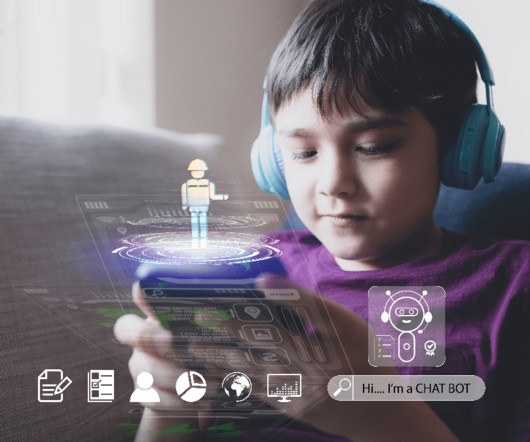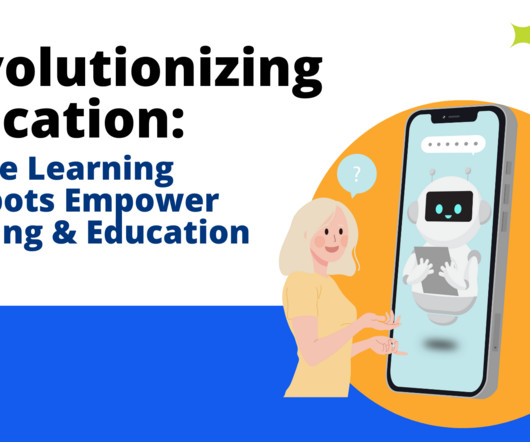The Etiquette of the Virtual Classroom: A Guide to Learners
BrainCert
AUGUST 28, 2023
We will discuss the importance of creating a friendly and respectful learning environment, the do's and don'ts of virtual classroom settings, and the role of the Learning Management System (LMS ). With the right classroom etiquette, digital learning can be just as successful and engaging as traditional in-person classes.





















Let's personalize your content